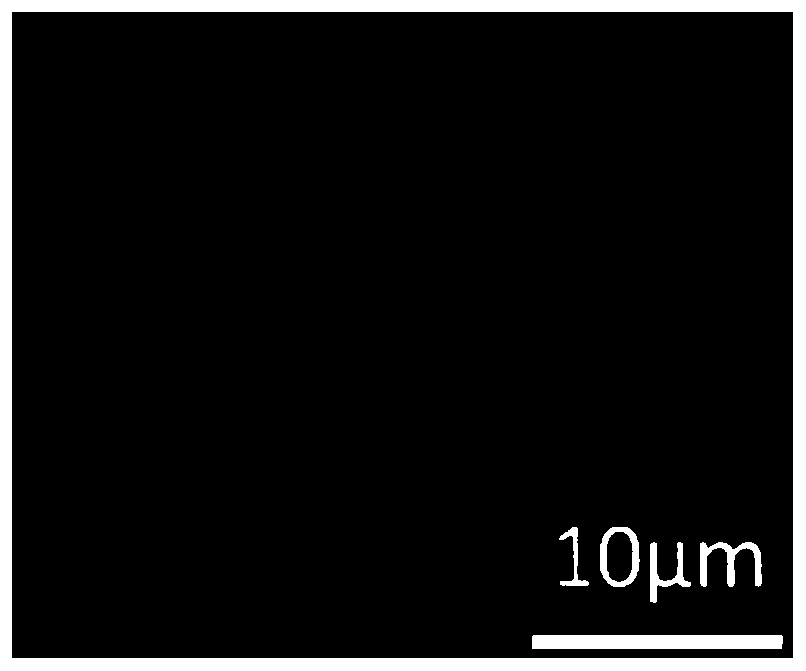Micro-droplet electrochemical sensor for detecting food-borne microorganisms and preparation method thereof
A microbial detection and electrochemical technology, which is applied in the field of chemical analysis, can solve the problems that the sensitivity needs to be improved and cannot meet the detection requirements of food-borne microorganisms, so as to avoid false positive detection, achieve signal stability, and simple production process.
- Summary
- Abstract
- Description
- Claims
- Application Information
AI Technical Summary
Problems solved by technology
Method used
Image
Examples
Embodiment 1
[0082] 1. The first step of signal amplification system preparation: the first DNA walker is generated on streptavidin magnetic beads. Briefly, first react 4 μL of blocking DNA (1.5 μM) and 1 μL of first probe (1.5 μM) in sodium citrate (0.5 M / L) at 37 °C for 2 hours to form double-stranded DNA. Then, the obtained double-stranded DNA and 20 μL of the second probe (1.5 μM) were simultaneously added to 20 μL of 1 mg / mL streptavidin magnetic beads in phosphate-buffered saline solution. After reacting at room temperature for 2 hours, the magnetic bead system was obtained by magnetic separation for future use.
[0083] 2. Gold electrode preparation: ITO glass substrates (0.5 cm×2 cm) were sonicated in acetone, ethanol and ultrapure water for 30 minutes, and then dried with nitrogen. Titanium and gold are then sequentially sputtered onto the cleaned conductive side of the ITO. Using the ITO glass substrate as the working electrode, the Pt wire as the counter electrode and the Ag / A...
Embodiment 2
[0094] Dual DNA walker electrochemical sensor detects specific gene fragments of target Escherichia coli O157:H7:
[0095] (1) Detection principle: The design principle is described in detail in the scheme. This scheme is an electrochemical sensor based on a double DNA walker, which is used for the detection of specific gene fragments of target Escherichia coli O157:H7. The substrate preparation process is shown in the scheme. The superhydrophilic / superhydrophobic gold electrode includes: ITO conductive glass, base layer, nanostructured gold layer, and superhydrophobic surface from top to bottom. The superhydrophobic surface is provided with hydrophilic micropores. The base layer includes a titanium layer and a flat gold layer, which are all modified on the conductive side of the ITO conductive glass by magnetron sputtering, and then the nanostructured gold layer is modified on the flat gold layer by electrochemical deposition. Then superhydrophobic treatment is performed on t...
PUM
 Login to View More
Login to View More Abstract
Description
Claims
Application Information
 Login to View More
Login to View More - R&D
- Intellectual Property
- Life Sciences
- Materials
- Tech Scout
- Unparalleled Data Quality
- Higher Quality Content
- 60% Fewer Hallucinations
Browse by: Latest US Patents, China's latest patents, Technical Efficacy Thesaurus, Application Domain, Technology Topic, Popular Technical Reports.
© 2025 PatSnap. All rights reserved.Legal|Privacy policy|Modern Slavery Act Transparency Statement|Sitemap|About US| Contact US: help@patsnap.com



